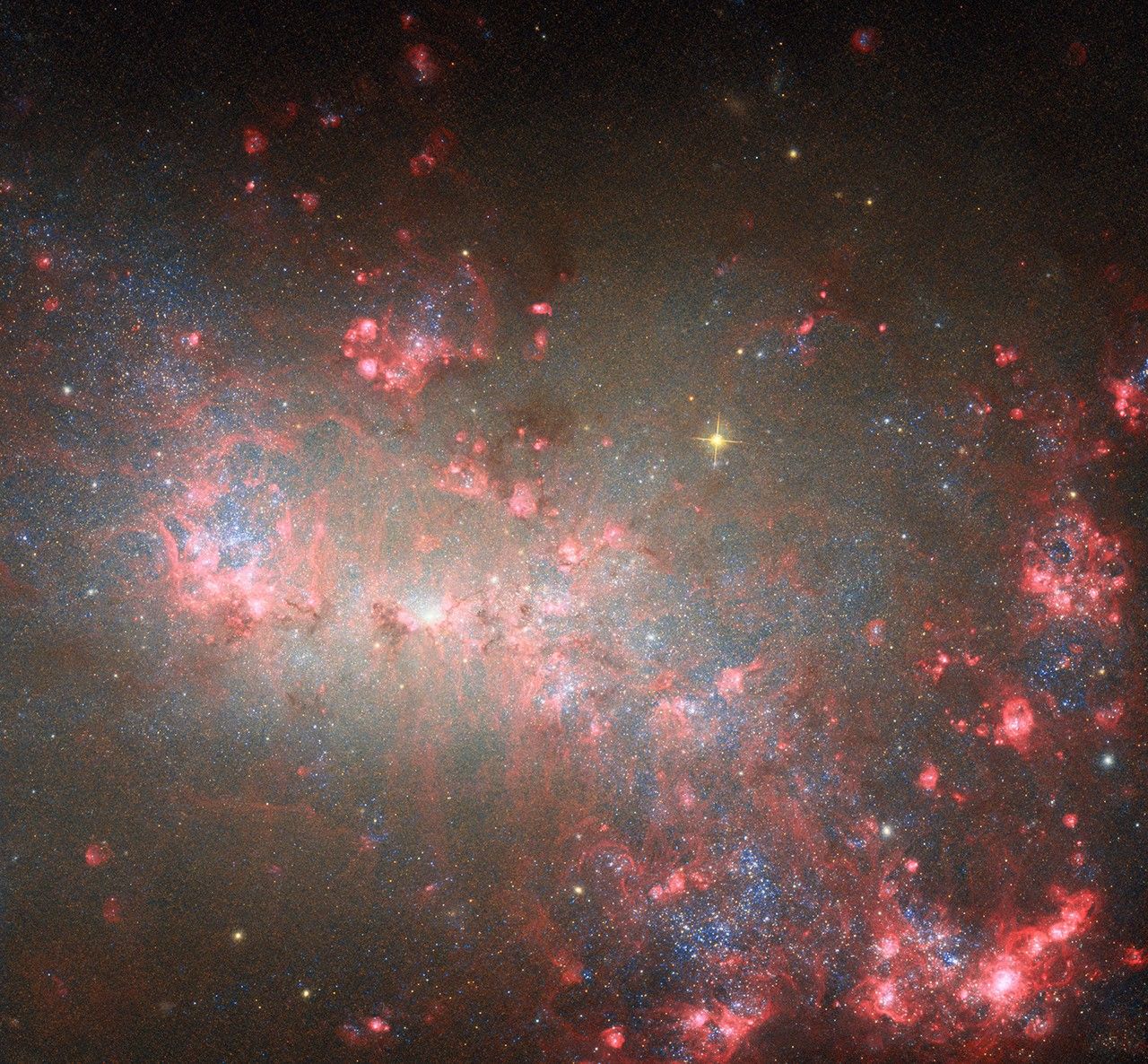Space
1581 readers
41 users here now
A community to discuss space & astronomy through a STEM lens
Rules
- Be respectful and inclusive. This means no harassment, hate speech, or trolling.
- Engage in constructive discussions by discussing in good faith.
- Foster a continuous learning environment.
Also keep in mind, mander.xyz's rules on politics
Please keep politics to a minimum. When science is the focus, intersection with politics may be tolerated as long as the discussion is constructive and science remains the focus. As a general rule, political content posted directly to the instance’s local communities is discouraged and may be removed. You can of course engage in political discussions in non-local communities.
Related Communities
🔭 Science
- [email protected]
- [email protected]
- [email protected]
- [email protected]
- [email protected]
- [email protected]
- [email protected]
🚀 Engineering
🌌 Art and Photography
Other Cool Links
founded 2 years ago
MODERATORS
76
77
78
79
80
229
In November 2026, A Human-Made Object Will Reach A Light-Day From Earth For First Time In History
(www.iflscience.com)
81
82
83
84
85
86
87
47
Solar Orbiter makes first ever observations of Sun's south pole, reveals messy magnetic field - NASASpaceFlight.com
(www.nasaspaceflight.com)
88
89
90
91
92
93
75
See the First-Ever Direct Images of the Sun's South Pole, Captured by the Solar Orbiter Spacecraft
(www.smithsonianmag.com)
94
95
96
97
98
36
This Revolutionary New Telescope Will Observe the Whole Sky Every Three Days
(www.scientificamerican.com)
99
100


